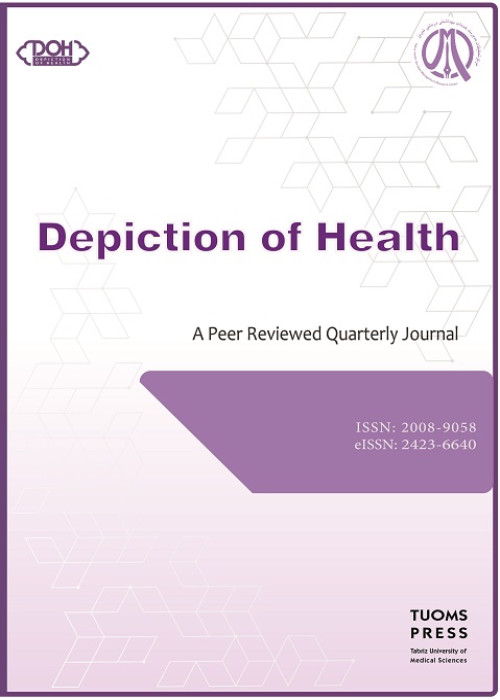People-Centeredness and Community Engagement Based on “Each Home as a Health Post” Initiative to Control COVID-19 in the Islamic Republic of Iran: The Fourth Phase of National Mobilization against COVID-19
In December 2019, a new disease was reported in China that spread rapidly worldwide. This disease is called COVID-19, a viral infection of the coronavirus family. COVID-19 has caused health, social and economic problems around the world. In Iran, the first disease cases were reported in February 2020. This article aimed to describe the results of the fourth step of the National Mobilization Plan against the COVID-19 pandemic.
The information used in this cross-sectional-descriptive study is based on the data recorded in the computer program (Portal) of the Network Management Center of the Ministry of Health and Medical Education.The fourth step was devised to manage and control the COVID-19 pandemic with public participation and coordination between departments. It comprised four teams, including contact tracing, home care, supervisory, and support teams. Excel 2016 software was used to analyze the present study's data, and ArcMap software version 10.8 was applied to draw thermal maps.
In this study, every contact-tracing team consisted of 3.2 members. This number was equal to 3.2, 2.9, and 3.8 people per team for supportive, home care, and supervisory teams, respectively. Also, on average, the contact-tracing teams tracked 135.9 cases per team. This number was 518.6 visits per team for supervisory teams, 75.3 for home care teams, and 52.2 households for support teams. During the program's implementation, 3065.3 PCR tests and 3596.7 rapid tests were taken per 100,000 population, of which 15.5% were positive. The average contact tracing in people with close contact with the infected people was 4.87 per patient with a positive test.
The COVID-19 pandemic challenged all political, economic, social, and health policies and revealed the governments’ inadequencies. Statistical evidence suggests that the measures taken to manage and control COVID-19 in Iran have been valuable and effective. Still, this process depends on the persistence of policies and protocols by the government and society.
COVID-19 , Contact Tracing , Home Care , Pandemy , IRAN
- حق عضویت دریافتی صرف حمایت از نشریات عضو و نگهداری، تکمیل و توسعه مگیران میشود.
- پرداخت حق اشتراک و دانلود مقالات اجازه بازنشر آن در سایر رسانههای چاپی و دیجیتال را به کاربر نمیدهد.


